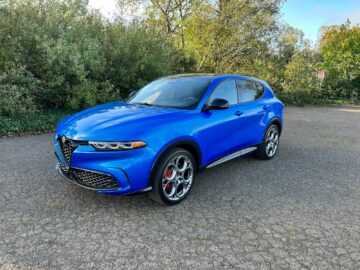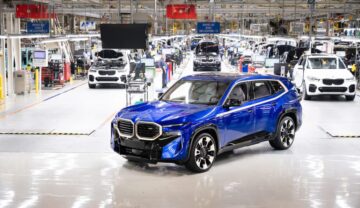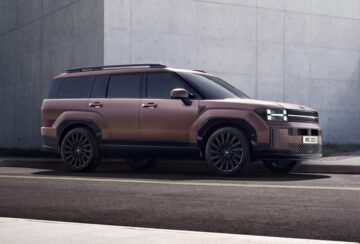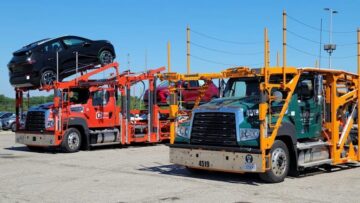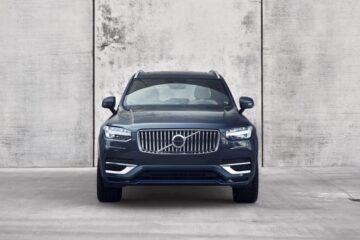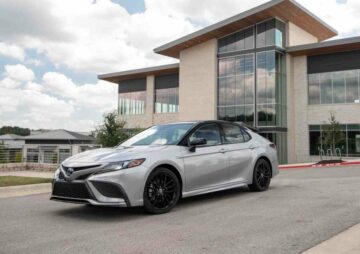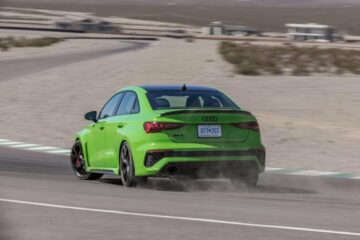There’s an older gentleman in my town who, for whatever reason, does not drive a car. He built a lightweight frame around his riding lawnmower and covered it with clear plastic for protection from rain, and just drives that around town.
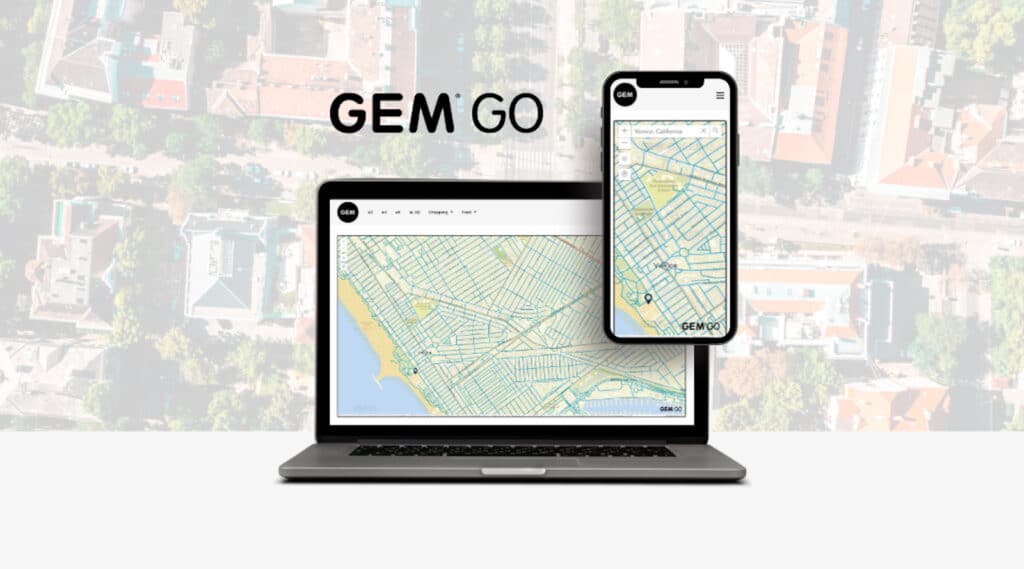
It’s a small town with a 20-mph speed limit, so it works for him, and no one seems to mind. He’s not hurting anyone, so the town cops just let him roll along the side of the road.
That’s an unusual example, but around the country, more people are turning to low-speed alternatives to cars and trucks, especially in the growing 55-plus retirement communities.
The need for low-speed
Whether the new rides are golf carts, neighborhood electric vehicles (NEVs) or my neighbor with a lawn mower, slow speed vehicles are finding a useful place in our transportation network. Additionally, there’s rising interest in internal combustion-fueled low-speed “Kei Truck” commercial vehicles, which have been widely used in Japan for decades to perform deliveries and transport tradesmen in the cities.
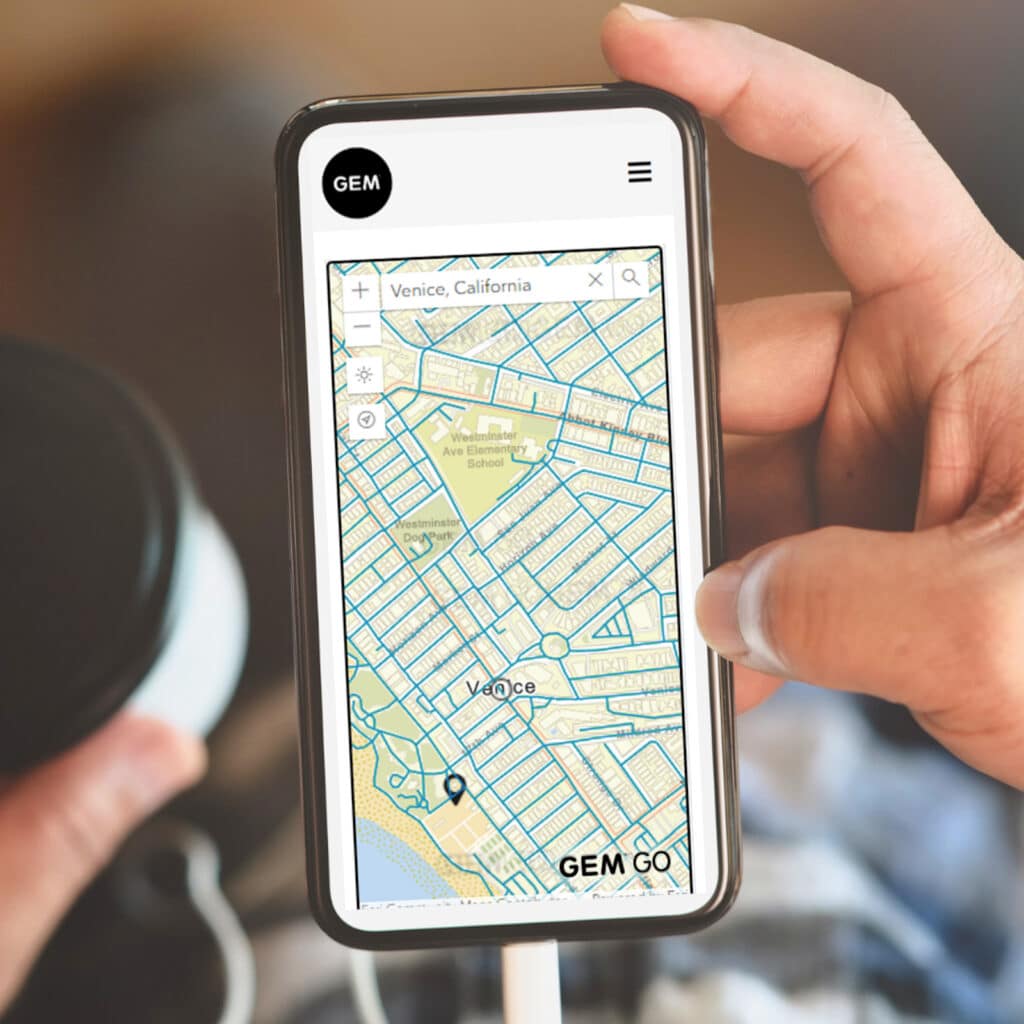
More than half of United States roadways are 35 miles per hour or less, and that number is growing constantly as more cities are lowering speed limits to increase safety for pedestrians. Even cities as large as Portland, Oregon and Washington, D.C. are moving to a standard city street speed limit of 20 mph, except for major arterials that are limited to 30 or 35 mph.
Smaller towns, if they have not already done so, are following that lead. That action means that low-speed NEVs are consistent with traffic flow in a much wider area. However, drivers must be careful to keep to roads where low speeds are legal and the norm.
GEM is a manufacturer of low-speed NEVs based in Anaheim, California. The company has been in business for 25 years, making vehicles that are more than golf carts, but less than a highway-legal EVs. Their models include two, four and six-seat passenger vehicles, and an electric truck option, and all meet or exceed Federal LSV safety standards.
For example, unlike most golf carts, GEM vehicles are outfitted with safety features such as seatbelts, a rear-view mirror and turn signals. With a maximum speed of 25 mph, GEM vehicles are street-legal, four-wheel, electric motor vehicles that can legally be driven on most U.S. roads posted 35 mph or less.
Over the past 25 years, GEM has sold more than 65,000 NEVs to fleet operators and consumers. These are often used on large corporate campuses, shopping malls, apartment complexes, 55-plus communities, and anywhere that an LSV can legally operate. NEVs often replace full-size cars, trucks, vans and non-street legal golf carts for applications ranging from neighborhood errands to urban shuttles and delivery to utility work.
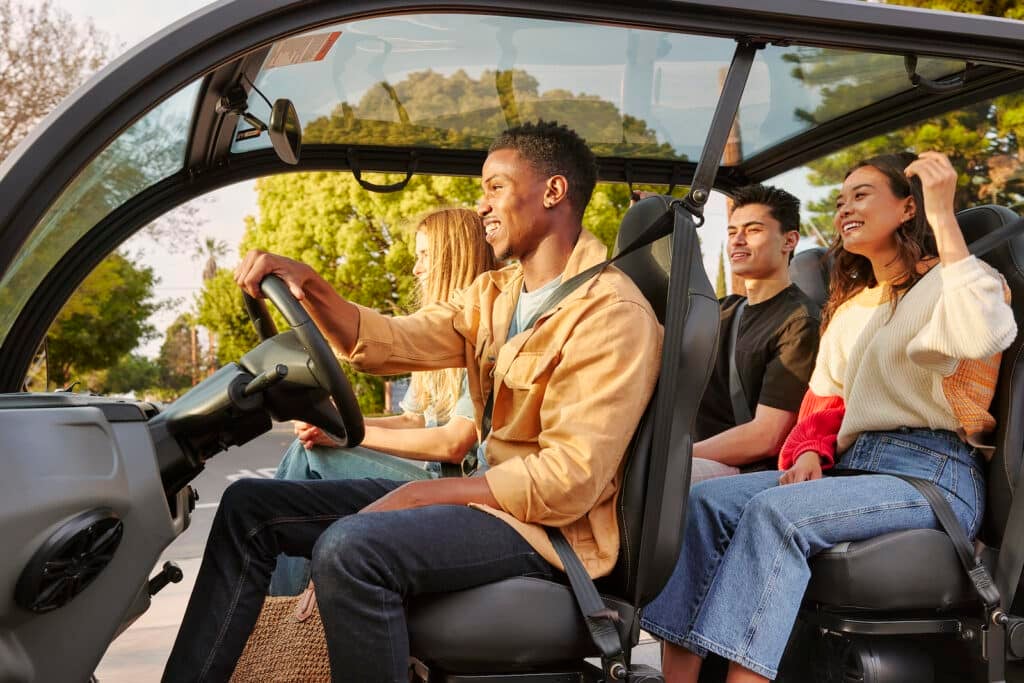
Driving slow, safely
Now GEM has dropped a new GPS smartphone app to help such drivers get around with confidence and access. The GEM Go app identifies nearby roads with posted speed limits of 35 mph or lower, which are legal for low-speed vehicle (LSV) operation in most communities around the country. The app is free, web-based, mobile-friendly, and interactive.
With GEM Go, users drop a pin or enter an address, and the map will populate with a radius of all roadways 35 mph or less. In cities with a default speed limit of 20 mph, LSVs can usually get anywhere in the city and even outside city limits.
“We created the GEM Go mapping app to help current and future GEM owners understand the breadth of places LSVs can actually operate,” said Keith Simon, CEO, Waev Inc. “It’s eye-opening and we expect it will drive even greater adoption of LSVs across the country.”
Simon adds, “Although we have an extensive installed base with GEM, it represents a very small fraction of what LSVs can become in the market when you keep breaking down the barriers like the lack of understanding of where these vehicles can be driven.”
As the transportation paradigm changes in the next 15 years, we’re all likely to see more NEVs and LSVs in our neighborhoods. Helping those drivers keep to roads where their vehicles can drive safely is a great goal.
- SEO Powered Content & PR Distribution. Get Amplified Today.
- PlatoData.Network Vertical Generative Ai. Empower Yourself. Access Here.
- PlatoAiStream. Web3 Intelligence. Knowledge Amplified. Access Here.
- PlatoESG. Automotive / EVs, Carbon, CleanTech, Energy, Environment, Solar, Waste Management. Access Here.
- PlatoHealth. Biotech and Clinical Trials Intelligence. Access Here.
- ChartPrime. Elevate your Trading Game with ChartPrime. Access Here.
- BlockOffsets. Modernizing Environmental Offset Ownership. Access Here.
- Source: https://www.thedetroitbureau.com/2023/08/cruising-low-and-slow-in-your-nev/
- :has
- :is
- :not
- :where
- 000
- 1
- 15 years
- 15%
- 20
- 25
- 30
- 65
- a
- access
- across
- Action
- actually
- Additionally
- address
- Adds
- Adoption
- All
- along
- already
- alternatives
- an
- and
- anyone
- anywhere
- Apartment
- app
- applications
- ARE
- AREA
- around
- AS
- barriers
- base
- based
- BE
- become
- been
- breadth
- Breaking
- built
- Bureau
- business
- but
- california
- CAN
- car
- careful
- cars
- ceo
- Changes
- Cities
- City
- class
- clear
- commercial
- Communities
- company
- confidence
- consistent
- constantly
- Consumers
- cops
- Corporate
- country
- covered
- created
- Current
- D.C.
- decades
- Default
- Deliveries
- delivery
- developed
- does
- done
- doors
- down
- drive
- driven
- drivers
- drives
- Drop
- dropped
- Electric
- electric motor
- electric vehicles
- Enter
- especially
- Ether (ETH)
- Even
- evs
- example
- exceed
- Except
- expect
- extensive
- Features
- Federal
- finding
- FLEET
- flow
- following
- For
- four
- fraction
- FRAME
- Free
- from
- future
- Gem
- get
- Go
- goal
- golf
- gps
- great
- greater
- Growing
- Half
- Have
- he
- help
- helping
- highlights
- him
- his
- hour
- However
- HTTPS
- identifies
- if
- in
- Inc.
- include
- Increase
- installed
- interactive
- interest
- internal
- IT
- Japan
- jpg
- just
- Keep
- keith
- Lack
- large
- lead
- Legal
- legally
- less
- let
- lightweight
- like
- likely
- LIMIT
- Limited
- limits
- Low
- lower
- lowering
- major
- maker
- Making
- Manufacturer
- map
- mapping
- Market
- max-width
- maximum
- means
- Meet
- mind
- mirror
- models
- more
- most
- Motor
- moving
- much
- must
- my
- Need
- network
- New
- next
- no
- number
- of
- often
- older
- on
- ONE
- operate
- operation
- operators
- Option
- or
- Oregon
- our
- outside
- owners
- paradigm
- past
- People
- per
- perform
- PIN
- Place
- Places
- plastic
- plato
- Plato Data Intelligence
- PlatoData
- Portland
- posted
- protection
- RAIN
- ranging
- reason
- replace
- represents
- retirement
- riding
- rising
- road
- roads
- Roll
- s
- safely
- Safety
- Said
- see
- seems
- Shopping
- side
- signals
- Simon
- slow
- small
- smartphone
- So
- sold
- speed
- speeds
- standard
- standards
- States
- street
- such
- than
- that
- The
- their
- These
- they
- those
- to
- towns
- traffic
- transport
- transportation
- truck
- Trucks
- TURN
- Turning
- two
- u.s.
- understand
- understanding
- United
- United States
- unlike
- unusual
- urban
- used
- users
- usually
- utility
- vehicle
- Vehicles
- very
- washington
- we
- web-based
- What
- whatever
- when
- which
- WHO
- widely
- wider
- will
- with
- Work
- works
- years
- you
- Your
- zephyrnet

